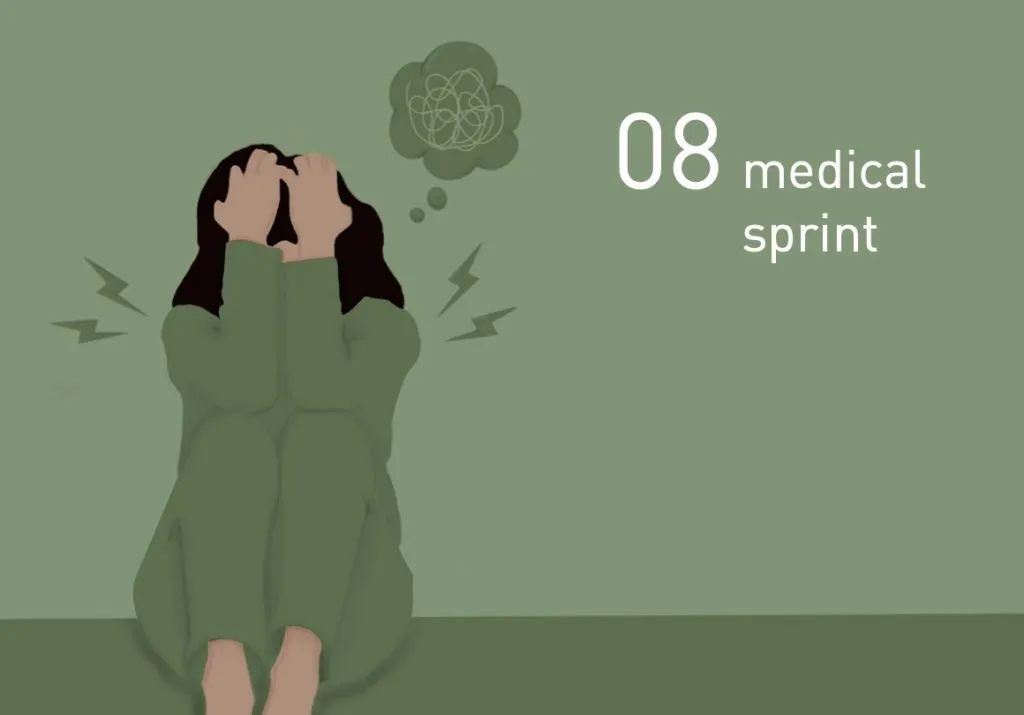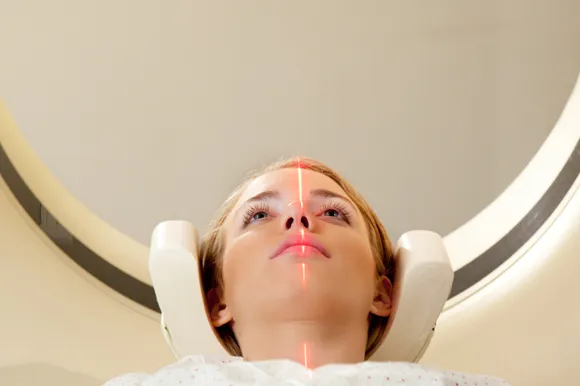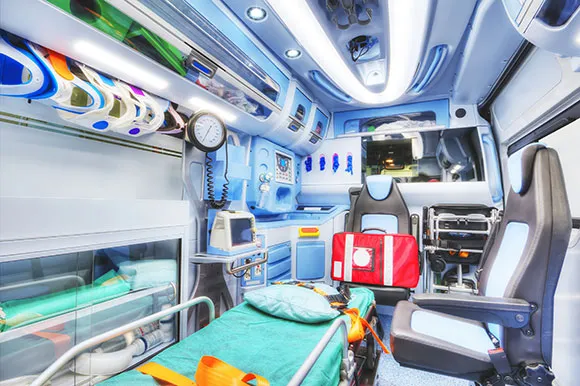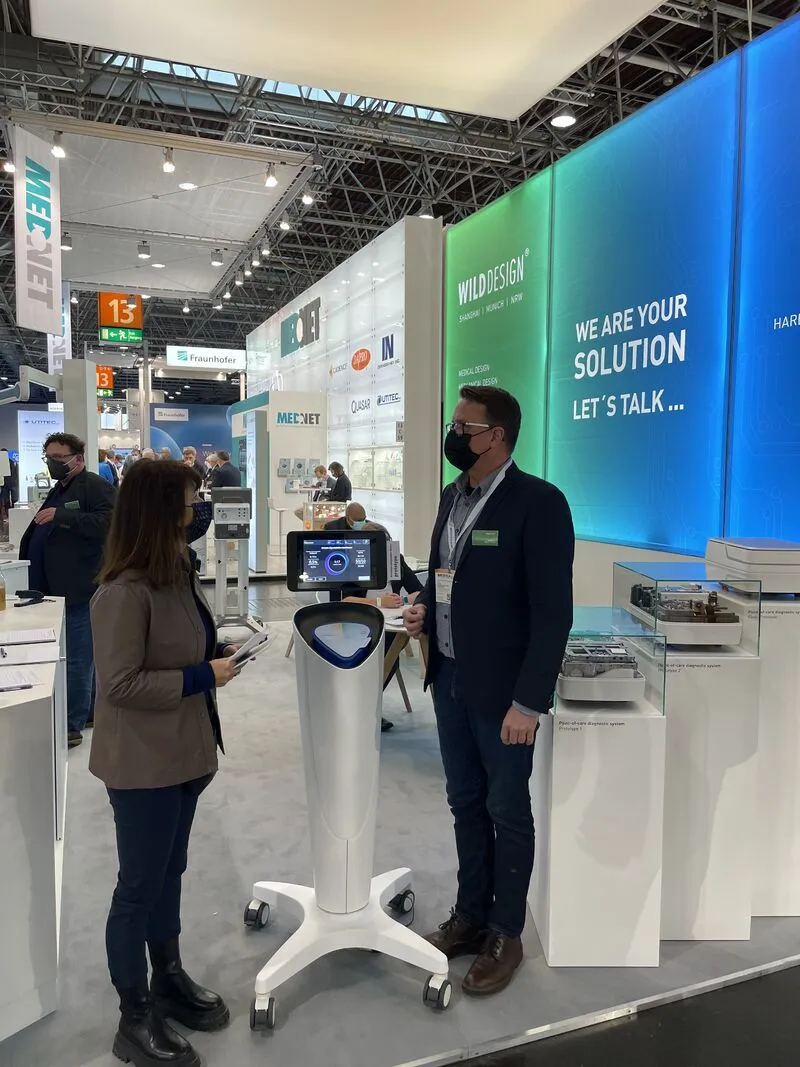Perspective
Connectics Wave: Neurofeedback for anxiety disorders | Design Sprint 8
15 percent of people suffer from an anxiety disorder in the course of their lives. A new, effective treatment method relies on neurofeedback. In his internship, Johannes Wurster investigated how neurofeedback can also be used in the home environment. In a design sprint, he created Connectics Wave - a headset that is adapted to the needs of the user.
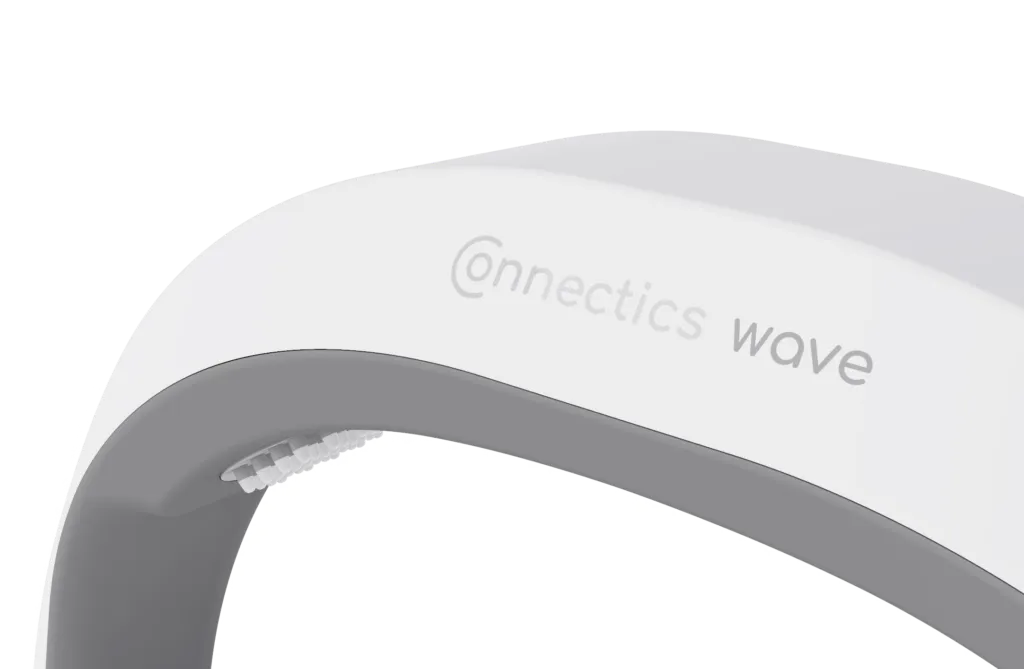
Treatment at home makes sense, as even leaving their own home can be a major challenge for those affected. The restrictions in everyday life are drastic - and in 60% of cases, an anxiety disorder occurs for the first time before the age of 21. Women are affected twice as often as men.
For sustainable results
Neurofeedback is a type of biofeedback that is now used to treat numerous illnesses. The device measures brain waves and the feedback is displayed to the patient on a computer or smartphone. Alpha waves, for example, indicate a relaxed state of consciousness, while hi-beta waves indicate increased tension. Neurofeedback training aims to strengthen the positive waves. This helps to improve self-regulation and conditioning. For us, this type of application was exciting because in the case of anxiety disorders, you get more sustainable results than with confrontation therapy.

Easy to use, high convenience
The EEG headset developed for the application fulfills ergonomic and conceptual requirements designed for the target group. To offer ideal wearing comfort, the headset can be adjusted to different head sizes. Anxiety disorders occur in all age groups, so the size can vary greatly. Even if the device is used at home, it should also be designed to be "hairstyle-friendly". To find the perfect shape, we looked at headsets in comparable areas of application. Using mood boards and sketches, we came up with the final idea for a comfortable and practical device.
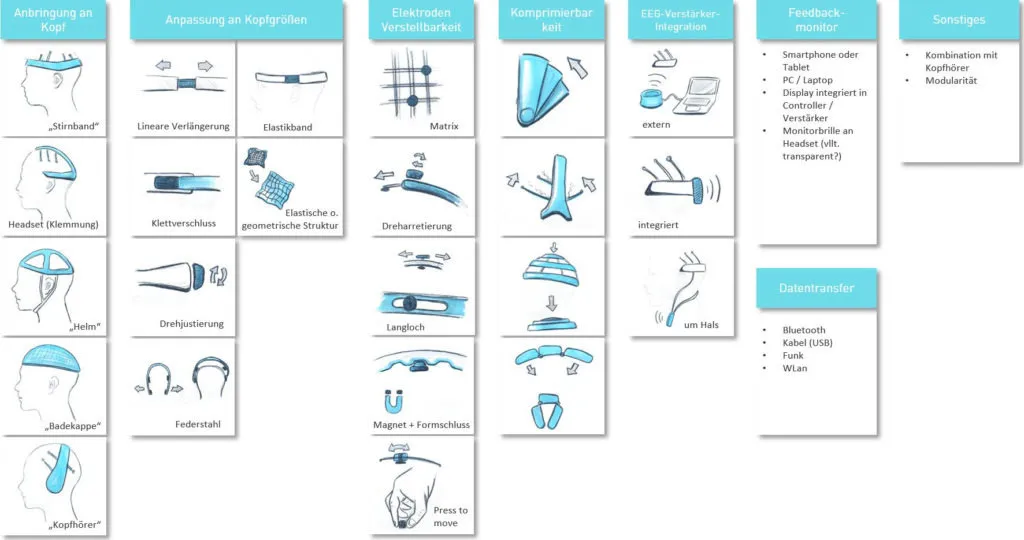
Of course, a high level of wearing comfort is paramount for use at home. This also means that users can put the headset on without assistance if necessary - this should be possible without difficulty. It can also be stowed away to save space. To track the results, the connection to a computer, tablet or smartphone is simple.

Precision for optimum results
From a medical-technological point of view, the positioning of the electrodes is crucial in order to obtain the most precise results possible. For this purpose, the 10-20 system was taken into account, with which comparable data can be obtained even with different head shapes and sizes. There is a microelectrode cluster at the top of the head and a reference electrode behind the ear. To guarantee consistent measurements, the size adjustment mechanism attached to the earhook ensures a secure fit on the head.


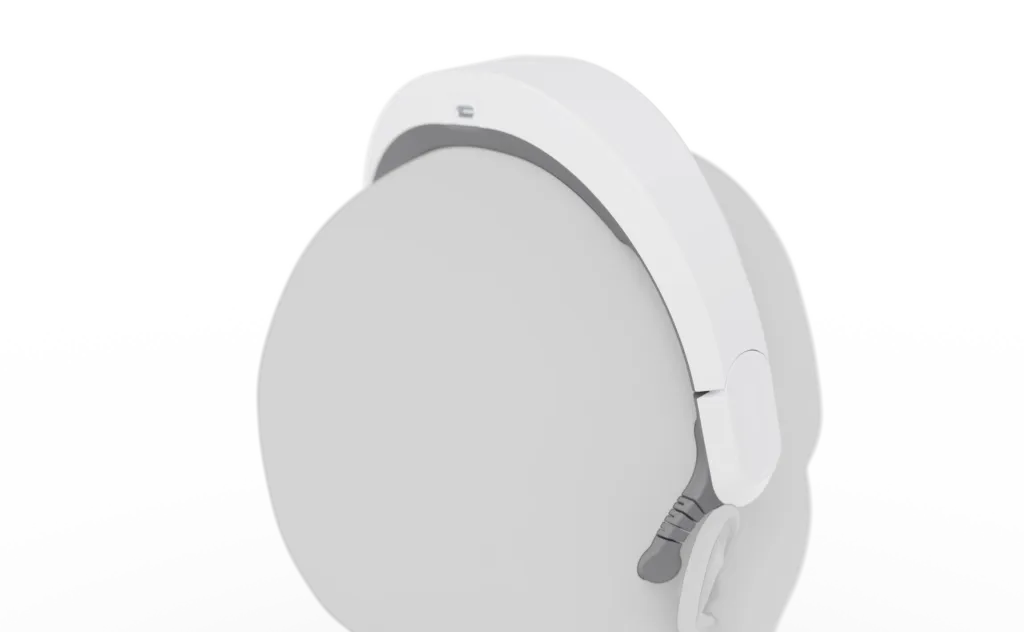
Users can easily charge the headset via a USB-C charging socket. The on and off button with a status LED is located on the side. The collected data is forwarded to a small, round tool via a wireless connection, which is connected to the PC via USB-C for evaluation. Here too, an LED on the on/off button indicates the status.
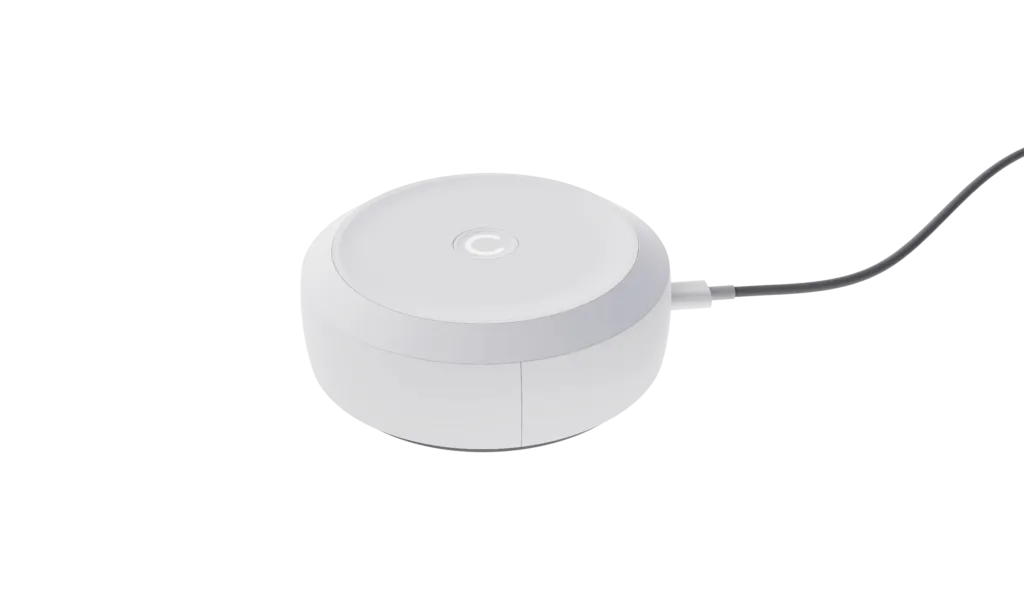

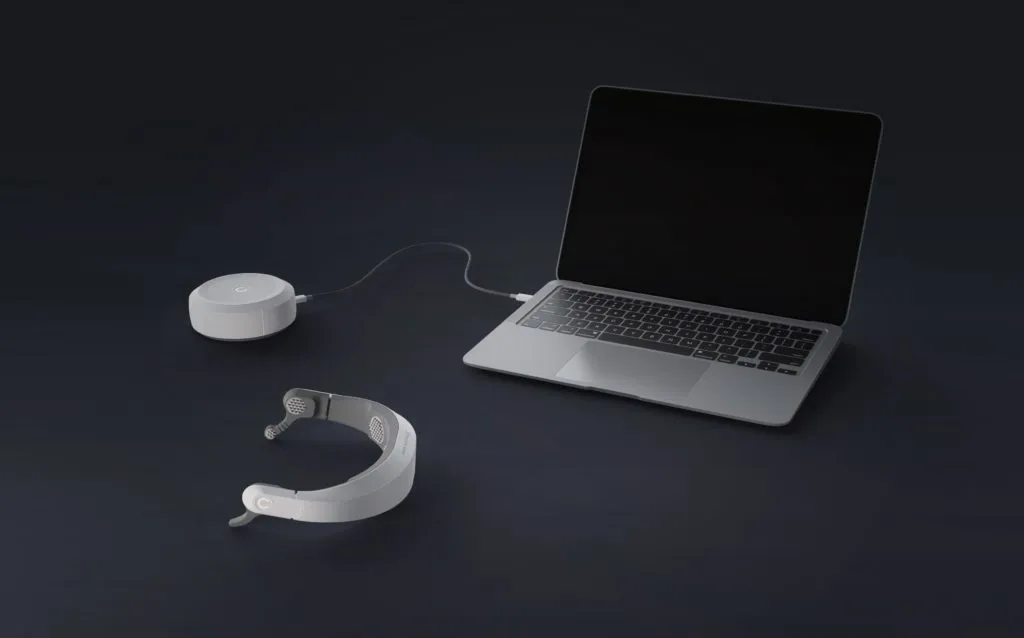
Frequently asked questions

